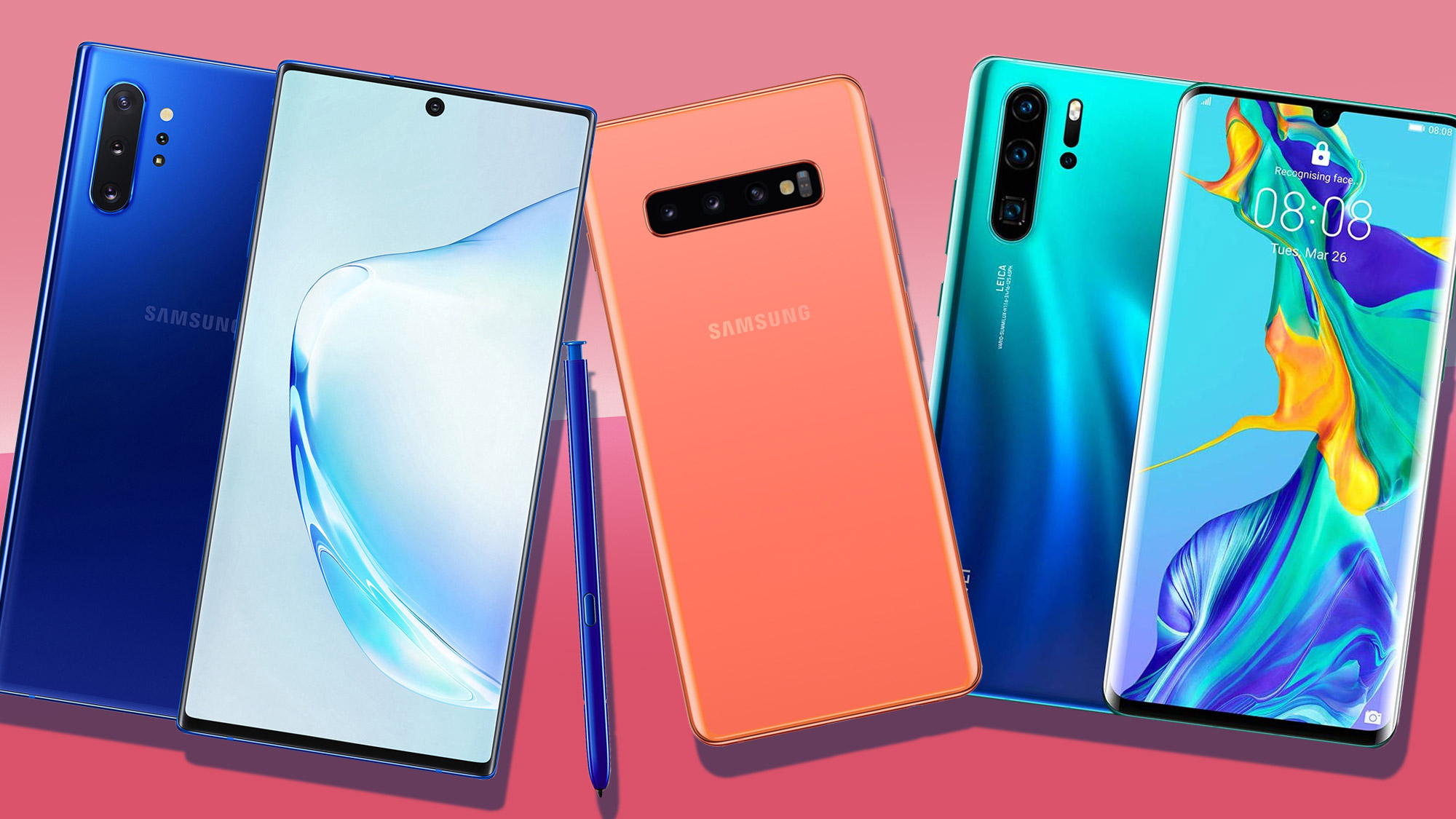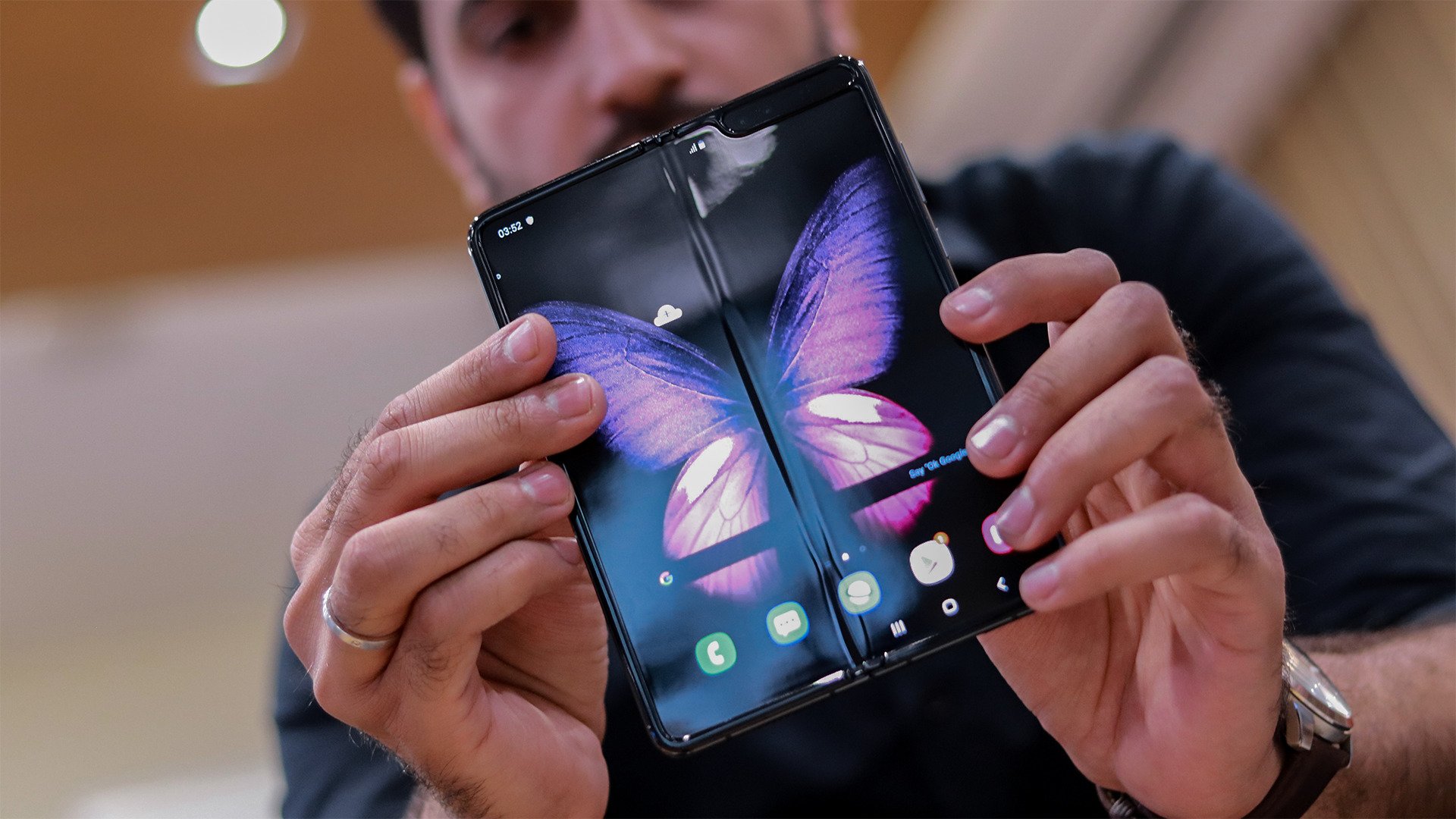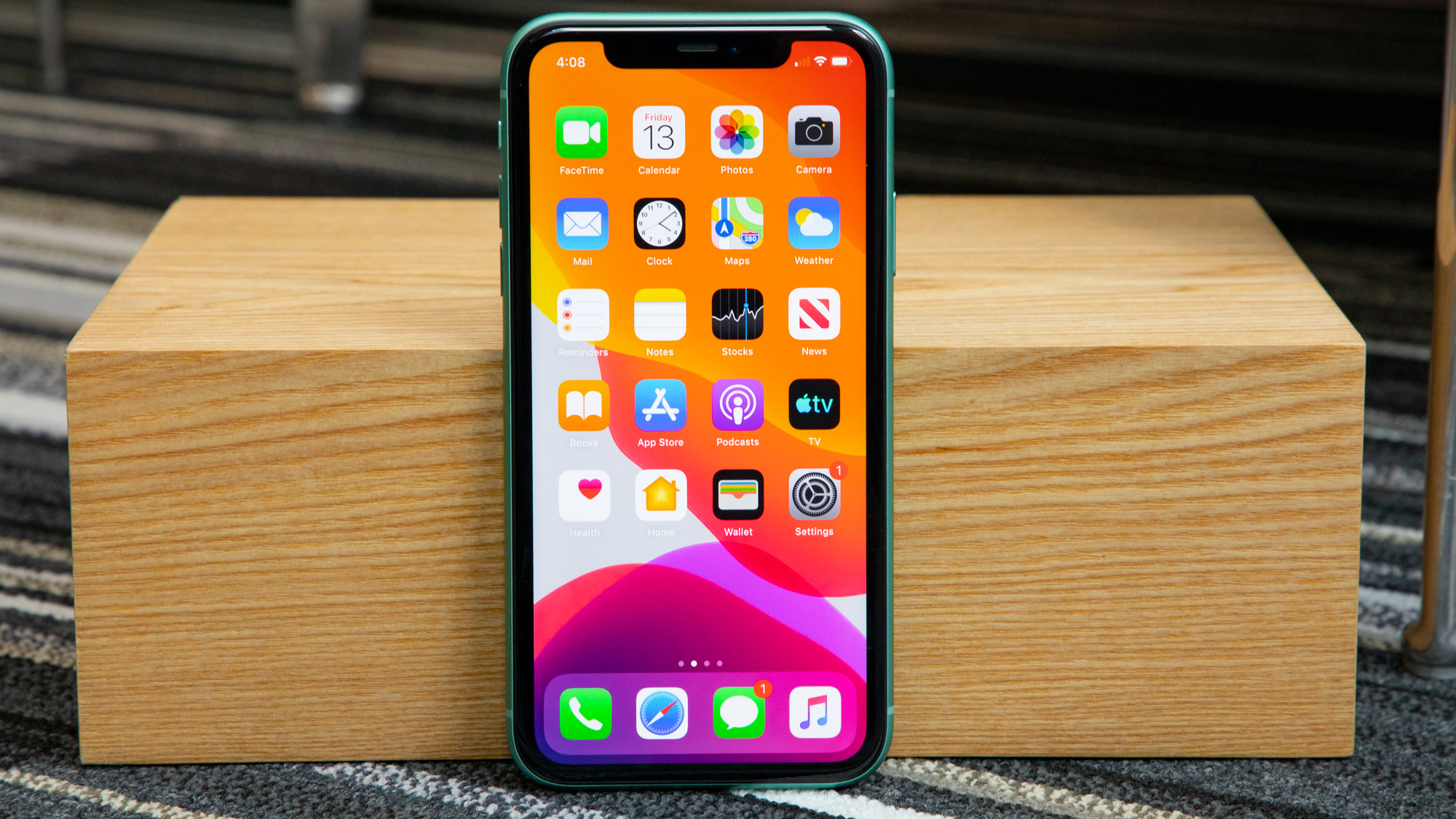2019 in smartphones: from foldable phones to the introduction of 5G
A whole 12 months in phones

It is a widely misheld assumption among the general population that one human year is roughly equivalent to seven years for a dog. If we make the same broad assumption with the lifespan of the average smartphone, one calendar year may as well be a century.
The world of consumer tech is hugely fast-paced, new chip announcements, software developments and more keep us on tenterhooks – and in the politically turbulent times we find ourselves in, this is only exacerbated.
This last year of the decade, 2019, has been no exception to the rule, rather a lot has happened, some of which will prove to have enduring consequences.
As such, we have taken the opportunity to helpfully produce a ‘cliffnotes’ version of the year now almost behind us, with all the most important developments to remember, divided by quarter. These are the stories which are essential, which really defined the discourse, which made this year one to remember.

Jan to March – Foldable dreams
The first quarter of any year in tech tends to be quite scattershot, a lot happens within a very short space of time. With CES and MWC there are smartphone announcements by the bucketload, and many manufacturers (enter Samsung) hold their own product launch events.
Of course, it was one word which dominated this portion of the annual cycle, foldables. That is to say, the Galaxy Fold, which the Korean giant teased towards the end of 2018 and which was launched in earnest in late April.
In a surprise upset however, it wasn’t Samsung which debuted a prototype of a foldable to the public first, but Chinese upstart Huawei. The firm showed off its well hidden Mate X unit to the wider world at MWC in February, carefully stealing the show.
Get daily insight, inspiration and deals in your inbox
Sign up for breaking news, reviews, opinion, top tech deals, and more.
Though the press weren’t allowed to hold the units present, this device was a real glimpse into the future, a look at where phones may be in five years as opposed to continual iterative updates. As such it won much aplomb, and was a statement of intent from Huawei, intensely ambitious to become the largest smartphone manufacturer in the world.
Though foldables dominated, one other launch was worthy of particular mention, that of the Honor View 20. This entirely competent smartphone marked the debut of two trends which would also dominate phone design in 2019, the first of which was the hole punch display.
Adopted too by the Galaxy S10 line, this was a counterpoint to the notch design which was so popular in 2018. We also saw here the entry of the 48-megapixel camera to the market, marketing teams were to have a field day – with almost every new smartphone at every segment of the market soon sporting an astronomical megapixel count.

April to June – Foldable folly and political tensions
Of course, the story of the foldable in 2019 didn’t end with the Huawei Mate X. We of course, with this, refer to the tortured existence of the Samsung Galaxy Fold.
For phone geeks, this was the stuff of dreams – a tablet crossed with a phone, with none of the compromises that such a design seemingly would entail. Reviewers received their units in late April, eager to see and feel a piece of history in the making, something that looked like a prop from sci-fi films. Problems soon ensued, however.
To make a foldable phone, it turns out there were certain compromises which needed to be made, chief among which was the use of glass – which is well known for, well, not bending. Plastic instead was used to make the screen foldable, however this entailed non-existent scratch protection, as to be able to fold it also needed to be soft. That, and the units sent for review simply broke, or proved completely incapable of resisting dust-ingress.
In short, though they were being sold at close to $2000, they were functionally unusable, a device in the alpha phase of its production and which should not have been released to the public. Samsung promptly recalled all review units and removed the line from commercial release. Since then, it has re-released the handset, with an improved and stronger skeleton – but the damage has been done and the dream of foldable devices in the mainstream remains anything but a foregone conclusion.
Huawei also found itself dominating the latter part of this cycle, for reasons not of its own choosing and which were almost entirely negative for the manufacturer. The continuing trade war between the USA and China spilled over into the tech scene, and due to concerns over the networking equipment provided by Huawei to Western governments, the firm was blacklisted.
This in effect meant no access to Google’s services, or several essential software and hardware components for future devices it was to sell. Those looking at buying Huawei handsets suddenly had a very difficult choice to make, to see whether they could survive without Google’s services, such as Gmail or YouTube.
This in turn hobbled Huawei’s ability to compete with the rest of the market – indeed competitors such as Samsung, Xiaomi and Oppo breathed a sigh of relief and were happy to step in and fill a Huawei shaped hole in the market.
This decision continues to haunt the company, and with no end in sight it is yet to be seen as to whether Huawei’s western market share will survive through 2020.
This was also the period where we saw the introduction of 5G in major markets around the world with the new internet technology launching in the US in April with the UK and Australia following soon after in May.

July to September – iPhone 11 line launches
The annual launch of the iPhone remains the biggest and arguably most important individual handset release of the year. Though they are not always at the forefront of adopting new technologies, the design trends and focus of the iPhone tends to become those of the market at large, as these are ‘adopted’ (copied) by other manufacturers in an attempt to appeal to the wider public.
This year saw the Cupertino firm go strong on the notion of multiple cameras, endowing even the cheapest model with a second snapper. We also saw the general profile of each device get a little thicker for what may be the first time (to provide better battery life) and the debut of several highly competitive camera features. These included an almost-industry leading ‘Night Mode’ and several improvements to the already excellent video capture.
We also saw the general price fall a little, with the base iPhone 11 launching for a lower ask than its predecessor from the year prior, the iPhone XR. Subsequently, sales have been strong for Apple, even as it has begun to pivot its revenue streams towards services as well as hardware, this was a successful year for the firm in which it played things safe.

October to December – Pixels falling short of perfection
With its Pixel line, now in its fourth annual iteration, Google seeks to show the world its version of what Android should be, with hardware to match.
Typically, we see an excellent camera matched up to a brilliant software experience and a somewhat patchy hardware experience, and 2019 proved to be no different in this regard.
For every brilliant, why-didn’t-they-do-this-before, idea like live-translation built locally into the device so it works offline, there was a ‘huh?’ inclusion, such as the itsy-bitsy battery packs.
And in 2019, the price of the device only continued to rise – as even the likes of the iPhone came down in price - this seemed to be a wilfully stubborn move on the part of the search giant.
Add this to an only-sometimes-on-at-full-speed 90Hz display, a facial-security system supported only by a tiny handful of app developers, the lack of a wide-angle camera and the removal of full resolution back up for images to Google Photos, and suddenly the public were left with more reasons to ignore the device rather than take interest.
This too was after possibly the heaviest leaks in recent memory, with almost every aspect of the Pixel 4 being well known before its launch.
For every thoughtful inclusion, such as an amazing astrophotography mode, there was at least two sacrifices – leaving a device which should have been a statement on the future of smartphones feeling like an anachronistic compromise.
2019 has been a year of massive change, of explosive growth and gradual decline – 2020 promises only to bring more of the same, so roll on the future.
- The Samsung Galaxy S11 is sure to be one of the big phones of 2020
Sean is a Scottish technology journalist who's written for the likes of T3, Trusted Reviews, TechAdvisor and Expert Reviews.